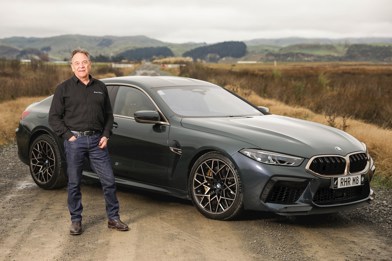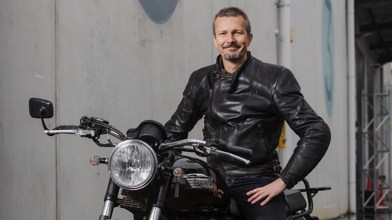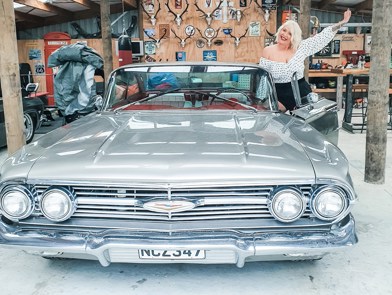Ever since Audi’s Quattro system first burst onto the automotive scene with the iconic S1, the German brand has been known for building some of the most gripped-up performance cars. Almost four decades have passed since the homologated legend went on sale, but Audi Sport is still as enthusiastic about its all-wheel drive system as ever, but has thrown some rear-drive spice into its latest model.
Not long ago, Audi New Zealand launched the new RS3 hyper hatch locally, and while it made for a great drive around the streets of Auckland, we weren’t allowed to play with its fancy new diff. The differential in question is a torque splitting unit, that works in conjunction with the Quattro system to give drivers a more dynamic chassis, and the option of oversteer – something that most Audi fans won’t be used to.
While torque splitting rear differentials aren’t a new concept in hot hatches, it’s the first time Audi’s entry-level RS model has received one. As with most Audi models, power is sent to all four wheels as standard, and the RS3 uses a fantastic 2.5-litre turbocharged five-cylinder engine to do so. Power sits at 294kW and 500Nm, which provides more than enough kick to get the rear wheels spinning at any given moment.
Due to the nature of the RS3’s drift mode, we weren’t able to use it during the first RS3 event in New Zealand, but with the second being held on a purpose-built track, we were able to let loose in the little hyper hatch.
For the first few laps, we toggled through each performance driving mode in the RS3, which gradually allowed for more rear-end slip each step. Once drivers were comfortable with traction control in the ‘sport’ setting, everything was switched off, and ‘RS Torque Rear’ mode was selected. This is what Audi calls its drift mode, and it sends 100 per cent of torque through the rear axle, meaning that the car can get sideways – very sideways.
With all the torque at the rear wheels, the RS3 wasted no time in kicking the rear end out on the wet track, and would catch the odd driver out with a spin during the event. With a wheelbase that’s shorter than a typical high-powered European car, the RS3 rotates quickly, and transitions between corners happen before you can say ‘Vorsprung durch Technik’.
While the RS3 without any restrictions was the most enjoyable mode, it was interesting feeling the differences when some assists were still in place. With traction and stability in ‘Sport’ mode, the RS3 would still go sideways, but would cut torque to the rear wheels when the oversteer angle became too great. Once all four wheels were pointed in the right direction again, the rear wheels would light up again, repeating the process. This was an interesting exercise in feeling the hyper hatch at its limit, and it’s probably what drivers would want when pushing for lap times on the track, but want to feel where the limits are.
If drifting isn’t your thing, then I can also tell you that this new RS3 is a far more dynamic car through the corners when traction is kept in check. With the fancy torque splitting differential working in conjunction with the Quattro system, understeer is kept to a minimum, and drivers will be able to feel the outside wheel pushing the car out of corners. In all fairness, the RS3 will still understeer when pushed into a corner at the limit, but nothing more than what you’d expect from a BMW M3.
As a whole, this new RS3 feels like a bittersweet step in the right direction for Audi’s performance range. This new torque splitting diff is a fantastic addition to the entry-level RS model, but we’re left to only imagine what cars like the RS4 and RS6 would’ve felt like with one. Audi has already committed to going completely electric by 2026, meaning by 2032, the brand will have no ICE-powered models in its line-up.
This likely means that the new RS3 is a last hoorah for Audi performance on an exclusively ICE front, and all future models will have some form of electrification. This also means that torque splitting will likely be done by electric motors, which isn’t a bad thing completely. Just go and watch Audi’s newest ambassador Ken Block send his all-electric RS e-tron GT sideways, it’s fantastic stuff.


